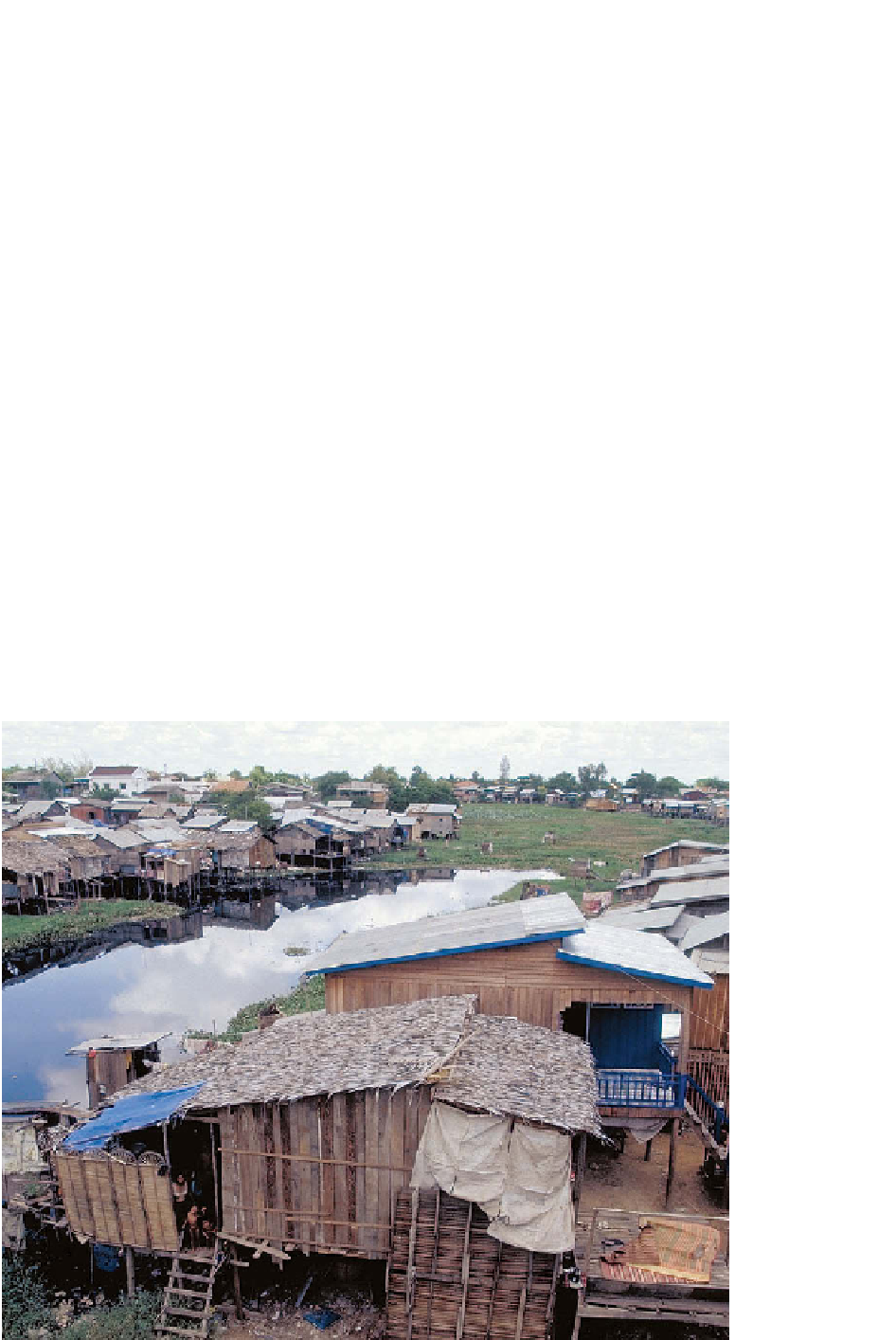Geography Reference
In-Depth Information
with major shifts in industrial production (see Chapter 12),
major changes in agricultural production and village life
have occurred in Mexico. Before the passage of NAFTA,
the Mexican government protected corn production
because white corn in a staple crop used to make tortillas,
the main bread source, in Mexico. Through protection,
Mexico's corn prices were higher than in the United States.
With the passage of NAFTA, Mexico entered a 15-year
transition away from protecting its corn production.
Economists believed the price of corn in Mexico would fall
and in turn Mexicans would produce less corn.
What happened instead is that corn prices in Mexico
fl uctuated over time, tortilla prices rose, and then produc-
tion of corn in Mexico increased. Tortilla prices rose in
response to higher prices for corn in the United States as a
result of corn being used for fuel. Mexican farmers
increased corn production both because of a higher
demand for corn in the United States and Mexico and also
because indigenous farmers in the south switched to sub-
sistence farming of corn to provide for their families and
to remove themselves from the fl uctuating global agricul-
ture market and the uncertainties of NAFTA.
tion of buildings. The range in size and quality of houses,
representing their owners' wealth and standing in the com-
munity, refl ects social stratifi cation. Material well-being is
the chief determinant of stratifi cation in Western commer-
cial agricultural regions, where it translates into more elab-
orate homes. In Africa, as in most other places, a higher
social position in the community is associated with a more
impressive house. The house of the chief or headman may
not only be more elaborate than others but may also be in a
more prominent location. In India, caste still strongly infl u-
ences daily life, including village housing; the manors of
landlords, often comprising large walled compounds, stand
in striking contrast to the modest houses of domestic ser-
vants, farm workers, carpenters, and craftspeople. The
poorest people of the lowest castes live in small one-room,
wattle-and-thatch dwellings. In Cambodia, the buildings in
stilt villages built throughout the Mekong Basin look simi-
lar (Fig. 11.14). The building along the pond in the left
foreground of Figure 11.14 has a different function—it is
an outhouse. Its location on the pond accounts for a major
part of the pollution problem in this village: waste from the
outhouses drains directly into the pond, which has become
mosquito-infested and severely polluted.
The functional differentiation (like the functional
zonation of cities whereby different areas of the village play
different roles and function differently) of buildings within
farm villages is more elaborate in some societies than in
Functional Differentiation within Villages
Villages everywhere display certain common qualities,
including evidence of social stratifi cation and differentia-
Figure 11.14
Siem Reap, Cambodia.
A stilt village in the Mekong
Basin of Cambodia.
© Barbara A. Weightman.










































